
Special Capital Region of Jakarta
A Comprehensive Look at Special Capital Region of Jakarta
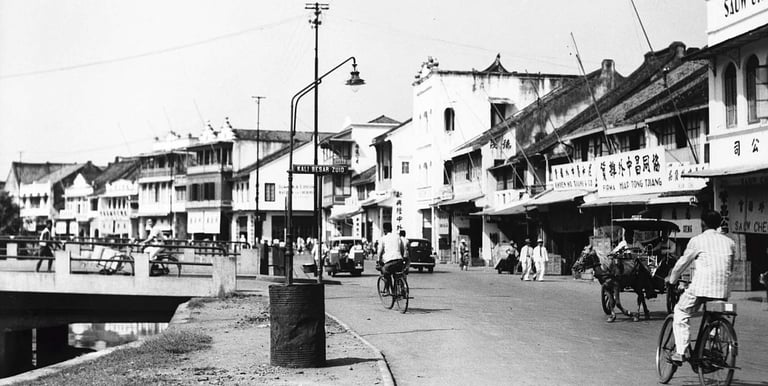

🏛️ Capital City and Geographical Conditions
Capital City: Jakarta (The city itself functions as the capital region).
Geographical Conditions: Jakarta is located on the northwest coast of Java Island.
Topography: It is predominantly a low-lying alluvial plain, with 13 rivers flowing through it. Its elevation is very close to sea level, making it highly susceptible to flooding and contributing to its ongoing challenges with land subsidence.
Climate: Tropical monsoon climate, characterized by high temperatures and humidity throughout the year.
📜History: From Sunda Kelapa to Batavia to Jakarta
Jakarta’s history is a microcosm of Indonesian history, defined by trade, colonization, and national identity.
Sunda Kelapa (Pre-16th Century): The area was initially a major Hindu-Sundanese port known as Sunda Kelapa, which served the Kingdom of Pajajaran.
Jayakarta (1527): The port was captured by Fatahillah, a Muslim general, who renamed it Jayakarta ("Victorious City"). This date (June 22, 1527) is celebrated as Jakarta's founding day.
Batavia (1619–1942): The Dutch East India Company (VOC) seized the city, destroyed the native settlement, and established their headquarters, naming it Batavia. It became the capital of the Dutch East Indies and the dominant trading hub in Asia.
Jakarta (1942–Present): The city was renamed Jakarta during the Japanese occupation in 1942 and officially became the capital of the Republic of Indonesia upon independence in 1945.
👥Demographics and Customs
Population: The population of DKI Jakarta is approximately 10.6 million people (with the greater metropolitan area, Jabodetabek, exceeding 30 million).
Ethnic Groups: Jakarta is a massive melting pot.
Betawi: The indigenous ethnic group of Jakarta, descendants of the various peoples who lived in and around Batavia since the 17th century (including Javanese, Sundanese, Balinese, Malay, Arab, Chinese, and European ancestry).
Dominant Immigrants: Large populations of Javanese, Sundanese, Chinese Indonesian, Batak, and Minangkabau live here, making it one of the most ethnically diverse cities globally.
Customs (Adat): Betawi culture is characterized by its openness and syncretic blend of influences. Palang Pintu (The Door Barring), a humorous tradition combining martial arts and poetry performed during wedding processions, is a famous Betawi custom.
🎨Culture and Traditional Arts
Betawi culture, though heavily influenced by migration, maintains distinctive arts and traditions.
Ondel-Ondel: Large, colorful, effigy puppets, often featuring a male and female pair. They are icons of Jakarta and are traditionally used in street parades and festivals to ward off evil spirits.
Gambang Kromong: A unique musical orchestra blending traditional Chinese instruments (like the sukong and kongahyan) with Indonesian instruments (like the gambang and gong).
Lenong: A traditional Betawi theater form, known for its humorous dialogue, spontaneous improvisation, and social commentary.
🍲Distinctive Traditional Cuisine
Betawi cuisine reflects the city's cosmopolitan history, featuring rich flavors and unique combinations.
Kerak Telor: Literally "Egg Crust." A unique spicy omelette made from duck or chicken eggs, sticky rice, dried shrimp (ebi), and fried shallots, cooked over charcoal in a wok and served with savory dried coconut topping. It is an iconic Jakarta street food.
Soto Betawi: A rich and hearty soup featuring beef or offal cooked in a broth made with a mixture of coconut milk and cow's milk, giving it a distinctly creamy and unique flavor compared to other soto (soup) variations in Indonesia.
Gado-Gado: Although popular throughout Indonesia, Jakarta's version is particularly famous. It is a mixed vegetable salad (boiled potatoes, sprouts, long beans, tofu, tempeh) topped with a rich, slightly sweet, and chunky peanut sauce and served with kerupuk (crackers).
Nasi Uduk: Fragrant rice cooked with coconut milk and various spices (like lemongrass and bay leaves). It is a staple breakfast or street food in Jakarta, typically served with fried chicken, tempe orek, crispy fried shallots, and spicy sambal.
🗺️Famous Tourist Attractions
Jakarta offers landmarks spanning its colonial past, national history, and modern urban development.
Monas (National Monument): The iconic 132-meter tall marble obelisk in Central Jakarta, symbolizing the fight for Indonesian independence. The crown is topped with a flame coated in gold foil.
Kota Tua (Old Town): The historical heart of the city (the former Batavia), featuring preserved Dutch colonial architecture, museums (like the Jakarta History Museum and the Wayang Museum), and the central Fatahillah Square.
Istiqlal Mosque and Jakarta Cathedral: Symbolizing religious harmony, the grand Istiqlal Mosque (Southeast Asia's largest mosque) stands directly across from the Roman Catholic Jakarta Cathedral.
Taman Mini Indonesia Indah (TMII): A cultural park showcasing the architecture, clothing, traditions, and environments of Indonesia's 33 provinces in miniature.
Ancol Dreamland (Taman Impian Jaya Ancol): A massive integrated recreation area on the Jakarta bay, featuring theme parks (Dufan), oceanariums, and resorts.
✈️Transportation Infrastructure
Jakarta is Indonesia's most complex transportation hub, integrating air, rail, and sea networks, though it struggles with immense road traffic congestion.
Airports (Bandar Udara):
Soekarno-Hatta International Airport (CGK): Located just outside Jakarta in Tangerang (Banten), this is the main gateway and Indonesia's busiest and largest international airport.
Halim Perdanakusuma International Airport (HLP): Located within East Jakarta, primarily serving domestic routes and VIP/military flights.
Railroad (Stasiun Kereta Api):
KRL Commuterline: An extensive electric rail network that forms the backbone of public transport, connecting Jakarta to its satellite cities (Bogor, Depok, Tangerang, Bekasi).
MRT Jakarta: The first mass rapid transit system, operating a north-south line through Central and South Jakarta.
LRT Jakarta: A light rail transit system, initially connecting some areas of North and East Jakarta.
Intercity Trains: Gambir Station and Pasar Senen Station serve as the main terminals for inter-city trains connecting Jakarta to cities across Java (Bandung, Semarang, Surabaya).
Port (Pelabuhan):
Tanjung Priok Port: Located in North Jakarta, this is Indonesia's largest and most crucial container and cargo port, handling the majority of the nation's international trade.
Jakarta is a city of relentless energy, a monument to Indonesia’s journey from colonial past to global economic power. It is where the ancient legacy of Sunda Kelapa meets the sleek skyscrapers of the 21st century. Despite its challenges with traffic and density, the city thrives on the sheer diversity of its people—the resilient Betawi and the millions of migrants—united by the aroma of Kerak Telor and the shared goal of shaping the nation’s future. Jakarta is not just Indonesia's capital; it is the archipelago’s magnificent, beating heart.
🏙️Jakarta: The Megacity of Diversity and Dynamics
Special Capital Region of Jakarta (Daerah Khusus Ibukota Jakarta - DKI Jakarta) is not only the capital and largest city of Indonesia but also the economic, political, and cultural epicenter of the entire archipelago. As a sprawling megacity and global financial hub, Jakarta represents the convergence of Indonesia's diverse populations and its rapid modernization.
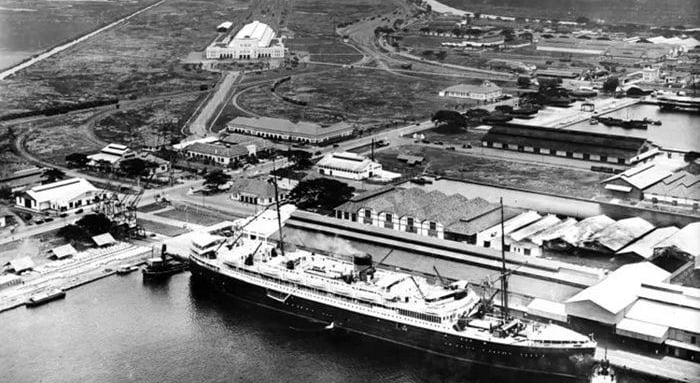


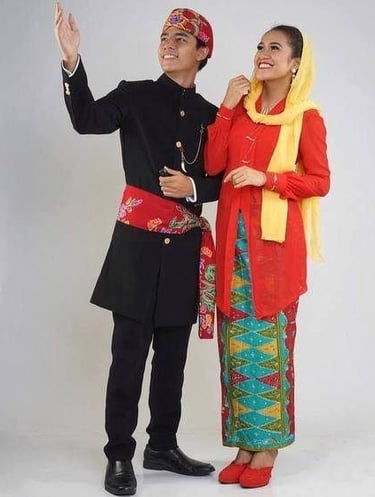
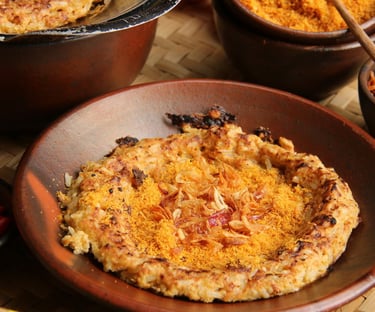

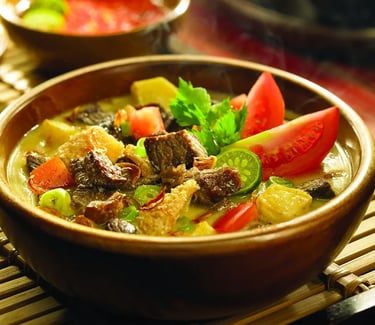

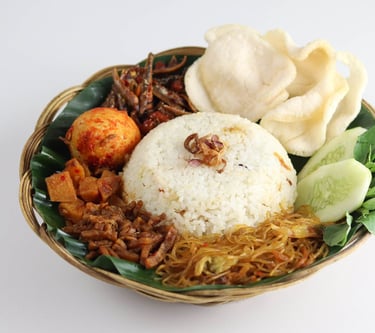

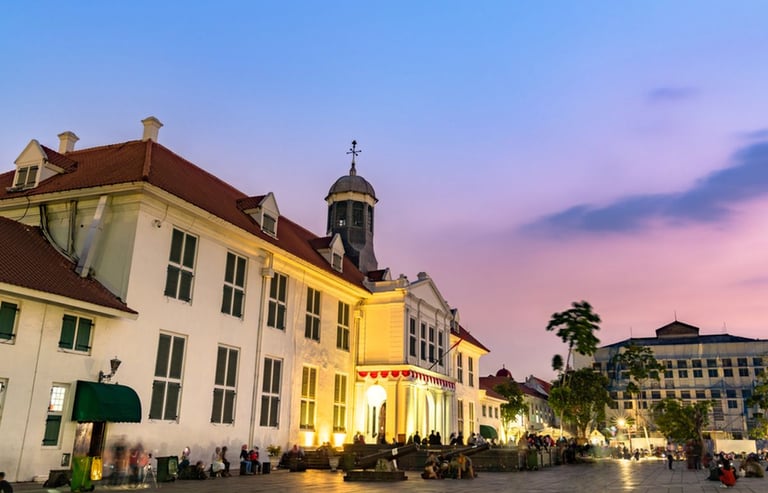

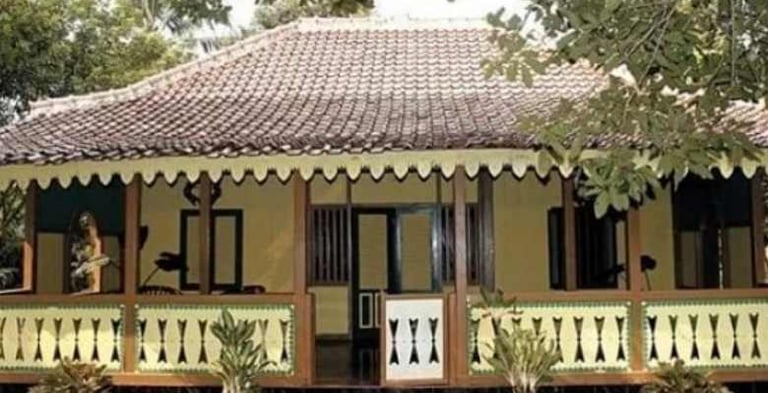

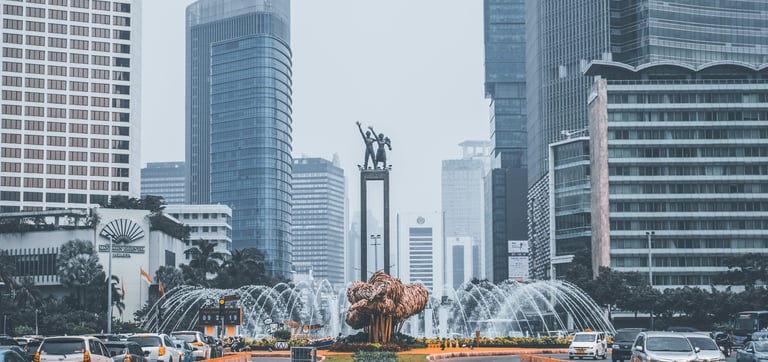

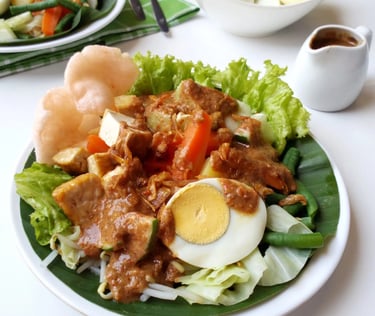

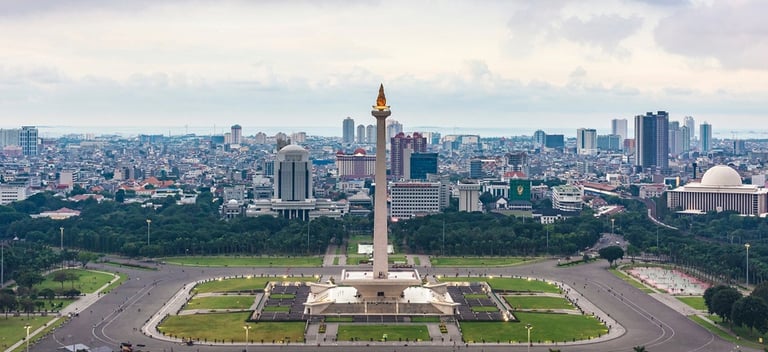


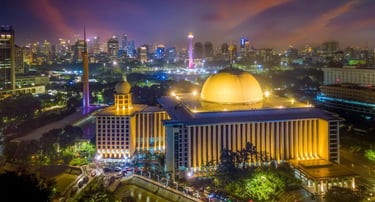
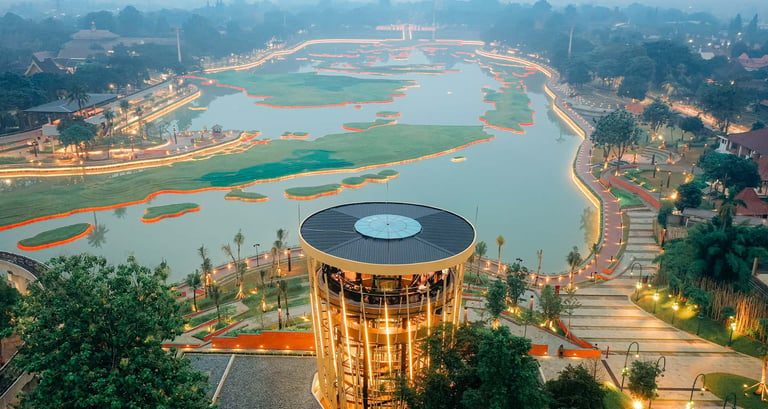

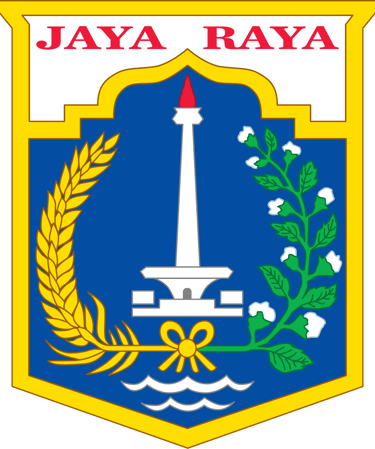

Follow us to explore Indonesia with expert travel guidance
©PT.Sinar Pesona Travelindo 2025. All rights reserved.
